15 Metrics Every Real Estate Investor Should Know

15 Metrics Every Real Estate Investor Should Know
Real estate 101
If you're looking to make money solo in real estate, you need to know how the business works.
That means not only understanding where the up-and-coming markets are or what class of real estate you want to invest in but also the best way to measure success in the industry. To do that, you need to know what the key metrics are. Keep reading to see 15 of them.
5 Stocks Under $49
Presented by Motley Fool Stock Advisor
We hear it over and over from investors, "I wish I had bought Amazon or Netflix when they were first recommended by The Motley Fool. I'd be sitting on a gold mine!" It's true, but we think these 5 other stocks are screaming buys. And you can buy them now for less than $49 a share! Click here to learn how you can grab a copy of "5 Growth Stocks Under $49" for FREE for a limited time only.
Previous
Next
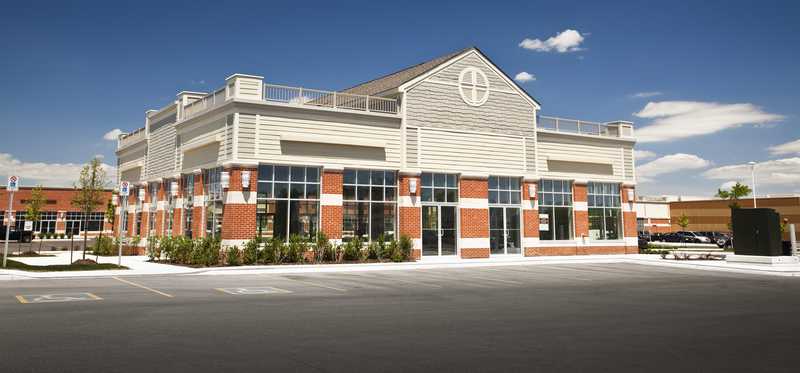
1. Return on investment (ROI)
Return on investment (ROI) is one of the most straightforward metrics for determining an investment's performance.
ROI is simply an investment's net profit in a given year, divided by your cost. If you have a property generating $60,000 in after-tax income and it costs you $600,000, the ROI would be 10%.
Another way to calculate ROI is to divide the gain in a property's value by the cost value. For instance, if that same property appreciated from $600,000 to $800,000, you could say you had a 33% ROI on the property.
Previous
Next

2. Cash-on-cash return
Real estate investors usually use debt to finance deals, especially on a larger scale. That means cash on cash is a valuable way to measure a project's success. Similar to ROI, cash on cash essentially refers to how much cash a business returns based on how much was put in.
For example, if you put 20% down on a $1,000,000 purchase and the property generates $20,000 in cash per year (after monthly payments), you'd be making a 10% cash-on-cash return.
Previous
Next
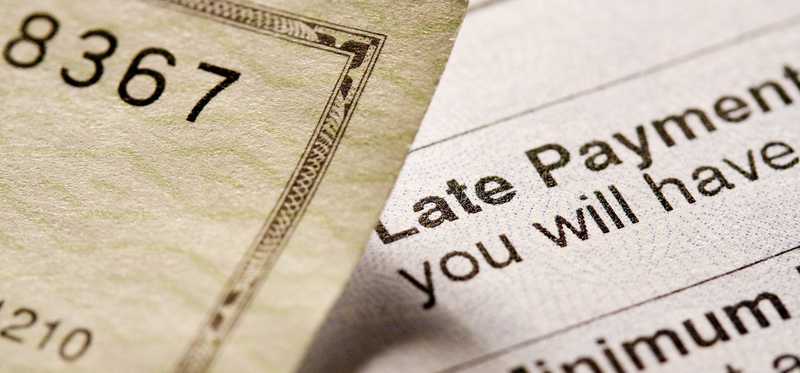
3. Net operating income
Net operating income may be the most common way to measure profit in the real estate industry.
It's a measure of a profit after operating expenses but before debt service and taxes. Much like operating income is a key metric for most businesses, in real estate, it shows how much profit an underlying asset is generating. It's also useful because debt payments can vary by lender and can change through refinancing.
Previous
Next

4. Capitalization rate (cap rate)
Perhaps the capitalization rate, or cap rate, is the most popular way of measuring ROI in real estate. In this case, it's the net operating income divided by property value, or what you paid for it.
The key difference with the cap rate is that it generally uses estimated property value rather than price paid. Hence, it's the best measure of a property's success at generating income based on its value. If an investor owns a property with a low cap rate, they may decide they're better off selling it than holding it to generate cash.
ALSO READ: Why Investors Are Bullish on Commercial Real Estate
Previous
Next

5. Net present value (NPV)
Net present value (NPV) is a fundamental tool used across finance. It attempts to measure the current value of a property or business based on estimated future cash flows and a chosen discount rate.
The NPV isn't a perfect metric for measuring value, given that both future cash flows and the discount rate are based on the best estimates available. But it helps guide an investor on whether to purchase a given property. If the net present value exceeds the asking price, it would be profitable to buy the property.
5 Stocks Under $49
Presented by Motley Fool Stock Advisor
We hear it over and over from investors, "I wish I had bought Amazon or Netflix when they were first recommended by The Motley Fool. I'd be sitting on a gold mine!" It's true, but we think these 5 other stocks are screaming buys. And you can buy them now for less than $49 a share! Click here to learn how you can grab a copy of "5 Growth Stocks Under $49" for FREE for a limited time only.
Previous
Next
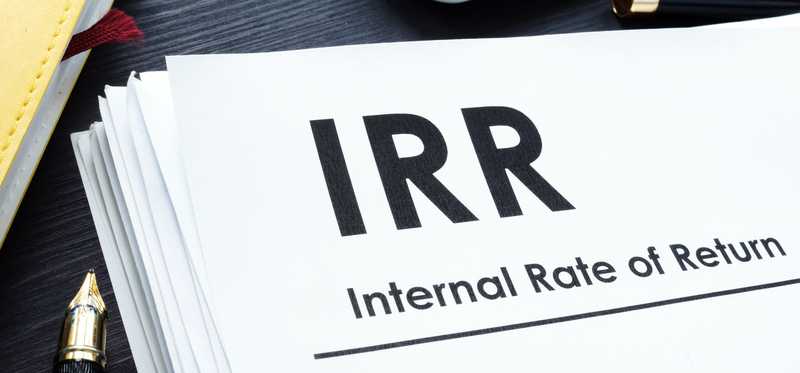
6. Internal rate of return (IRR)
The internal rate of return (IRR) is based on similar metrics to the NPV. It, too, uses future cash flows, but the IRR in the formula is the discount rate that makes the investment's NPV $0. Put another way, the IRR is how much the project has to earn to make back the initial investment.
The IRR is a good tool for comparing projects, with a higher internal rate of return being more desirable. A real estate investor might choose projects based on whether the IRR is greater than their own cost of capital.
Previous
Next
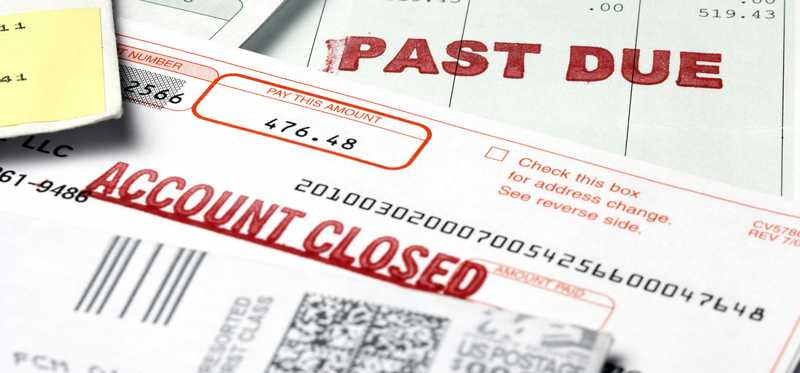
7. Debt service coverage ratio (DSCR)
The debt service coverage ratio (DSCR) measures a business's net operating income against its debt service payments. It's an important metric to understand because you'll want to know whether the project is generating enough income to cover its debt payments or is at risk of defaulting.
Most banks require borrowers to maintain a DSCR minimum of 1.25, meaning if debt payments were $40,000 a year, the property would have to generate $50,000 in net operating income.
ALSO READ: The Debt Service Coverage Ratio and How to Calculate It
Previous
Next

8. Expected appreciation
Appreciation isn't a formal metric in real estate, but the concept is worth considering, especially since real estate value compounds. If you're an equity holder, you'll benefit from that appreciation.
For instance, if you expect a $1,000,000 property to appreciate by 5% annually, the property would be worth $1.28 million after five years and $1.63 million after 10 years.
Previous
Next

9. Loan-to-value (LTV) ratio
You'll likely encounter a loan-to-value (LTV) ratio when working with lenders on real estate projects. The LTV ratio simply measures how much of the property is being financed. An 80% LTV would indicate that you are putting 20% down and borrowing the rest.
Over the life of your loan, the LTV will change as you pay it down and the value appreciates. A lower LTV may even enable you to refinance the loan to your advantage.
Previous
Next

10. Occupancy rate
If you invest in real estate investment trusts (REITs), you're likely familiar with occupancy rates, or the percentage of properties under management that are currently leased. Occupancy rate is key to driving profitability -- a vacant property fails to make money and weighs on the bottom line.
Occupancy rate is also sometimes expressed as vacancy rate, which is just the other half of the equation. A real estate business with a 90% occupancy rate would have a 10% vacancy rate, and vice versa.
5 Stocks Under $49
Presented by Motley Fool Stock Advisor
We hear it over and over from investors, "I wish I had bought Amazon or Netflix when they were first recommended by The Motley Fool. I'd be sitting on a gold mine!" It's true, but we think these 5 other stocks are screaming buys. And you can buy them now for less than $49 a share! Click here to learn how you can grab a copy of "5 Growth Stocks Under $49" for FREE for a limited time only.
Previous
Next

11. Gross rent multiplier (GRM)
The gross rent multiplier (GRM) is a ratio that measures a property's market value over its annual gross rental income. The GRM is a good tool for comparing properties; in this case, a lower ratio is better.
Let's say a $200,000 property generates $20,000 in annual rent, or a GRM of 10, and a $300,000 property generates $25,000, or a GRM of 12. Based on the GRM, you'd be better off choosing the $200,000 property.
ALSO READ: What Is Rent-to-Income Ratio and Why Should Landlords Care?
Previous
Next
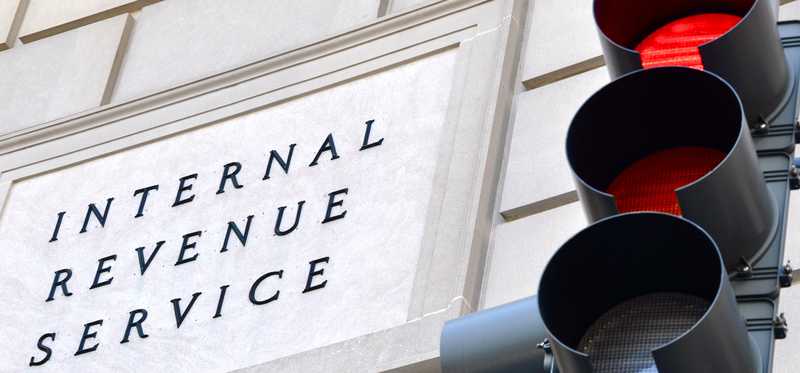
12. Depreciation
Depreciation is a line-item expense for most businesses. But in real estate, it's especially important because it's a tool for reducing taxes.
According to the IRS, residential real estate (excluding land) depreciates over a period of 27.5 years, meaning it loses 3.6% of its value annually. So for a $500,000 property, you could take an $18,180 tax deduction against your profits.
Previous
Next

13. Cash flow
Rental income is crucial for any real estate investor, but you'll also want to consider cash flow, or rental income minus rental expenses.
Typical landlord expenses include utilities, trash pickup, maintenance, repairs, and landscaping, among others. Because cash flow accounts for those expenses, it better approximates net operating income than gross rent.
Previous
Next
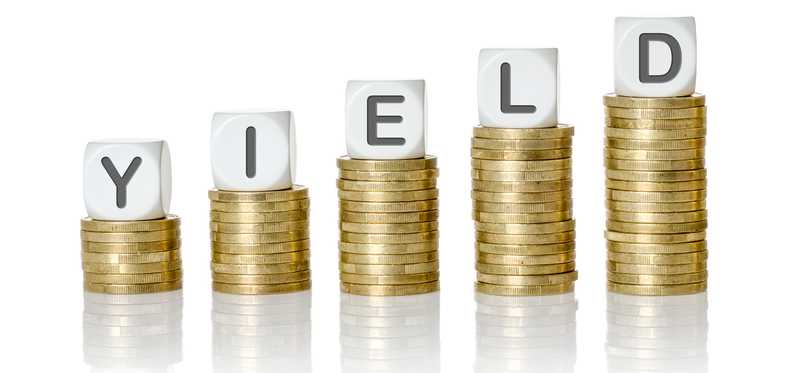
14. Levered and unlevered yield
Yield is another way investors talk about return on investment. Yield is generally discussed as levered or unlevered. Essentially the same as the cap rate, unlevered yield shows how much a property is returning before debt service is considered.
On the other hand, like a cash-on-cash return, a levered yield excludes the amount borrowed to finance the property. Because most purchases are primarily debt-financed, levered yields tend to be higher than unlevered yields, demonstrating how investors can use leverage to their advantage.
Previous
Next

15. Return on equity (ROE)
Return on Equity (ROE) is similar to cash-on-cash return in that the numerator is still based on the cash the business generates. However, the denominator is the equity in the property rather than the cash put in at purchase.
Since the property's equity grows over the life of the asset, ROE will fluctuate from the initial purchase price. Though the exact market value isn't known until the property is sold, you can estimate equity in the property based on comparable listings, if available.
5 Stocks Under $49
Presented by Motley Fool Stock Advisor
We hear it over and over from investors, "I wish I had bought Amazon or Netflix when they were first recommended by The Motley Fool. I'd be sitting on a gold mine!" It's true, but we think these 5 other stocks are screaming buys. And you can buy them now for less than $49 a share! Click here to learn how you can grab a copy of "5 Growth Stocks Under $49" for FREE for a limited time only.
Previous
Next

Lots of ways to get started
Whether you're interested in becoming a limited partner on a larger project, starting a vacation rental, buying an income property, or just investing in REITs, learning the metrics above can help you make the best decisions and get the greatest returns on your investments.
With much of the country still struggling with a housing shortage, now could be a great time to get into real estate investing.
The Motley Fool has a disclosure policy.
Previous
Next
Invest Smarter with The Motley Fool
Join Over Half a Million Premium Members Receiving…
- New Stock Picks Each Month
- Detailed Analysis of Companies
- Model Portfolios
- Live Streaming During Market Hours
- And Much More
READ MORE
HOW THE MOTLEY FOOL CAN HELP YOU
-
Premium Investing Guidance
Market beating stocks from our award-winning service
-
The Daily Upside Newsletter
Investment news and high-quality insights delivered straight to your inbox
-
Get Started Investing
You can do it. Successful investing in just a few steps
-
Win at Retirement
Secrets and strategies for the post-work life you want.
-
Find a Broker
Find the right brokerage account for you.
-
Listen to our Podcasts
Hear our experts take on stocks, the market, and how to invest.
Premium Investing Services
Invest better with The Motley Fool. Get stock recommendations, portfolio guidance, and more from The Motley Fool's premium services.